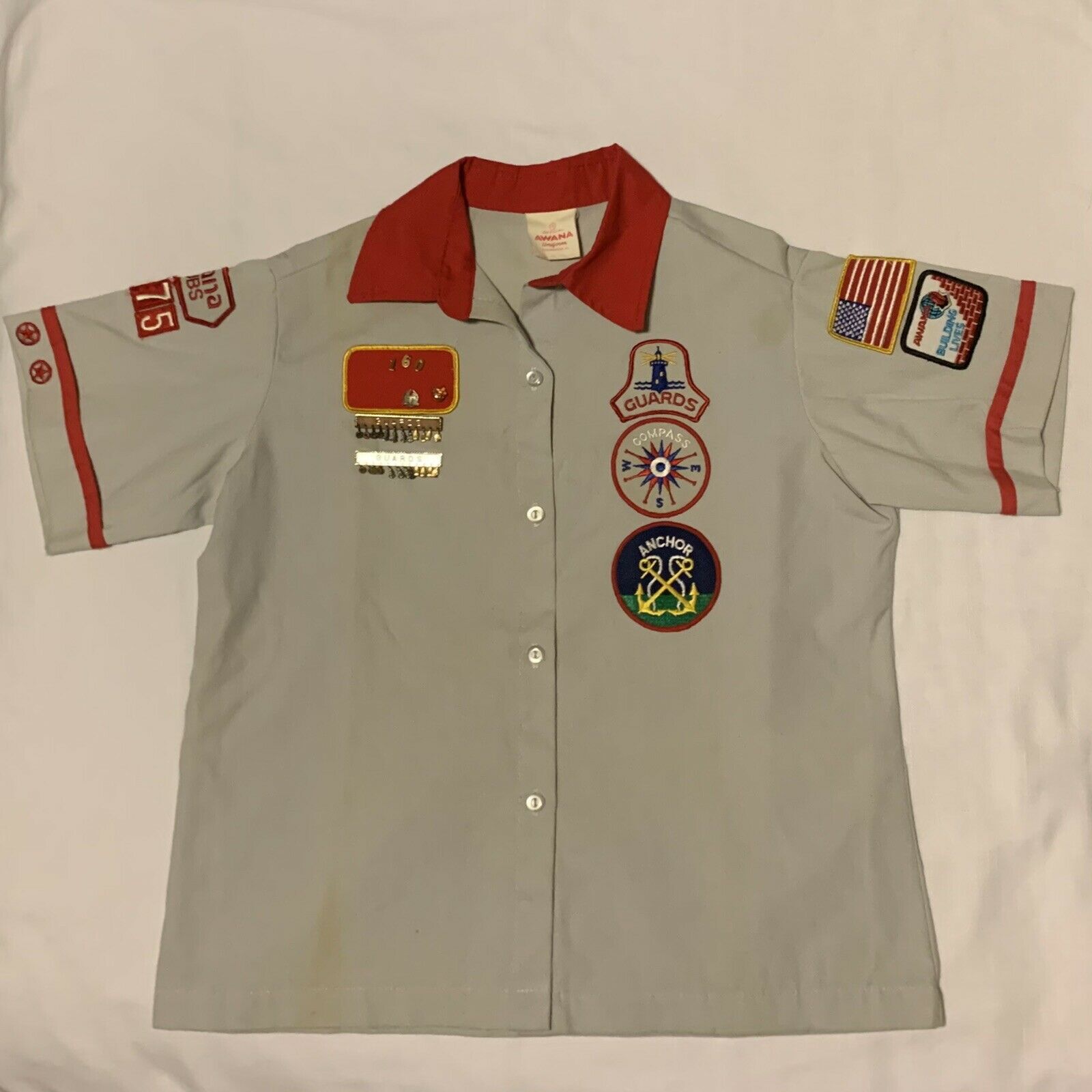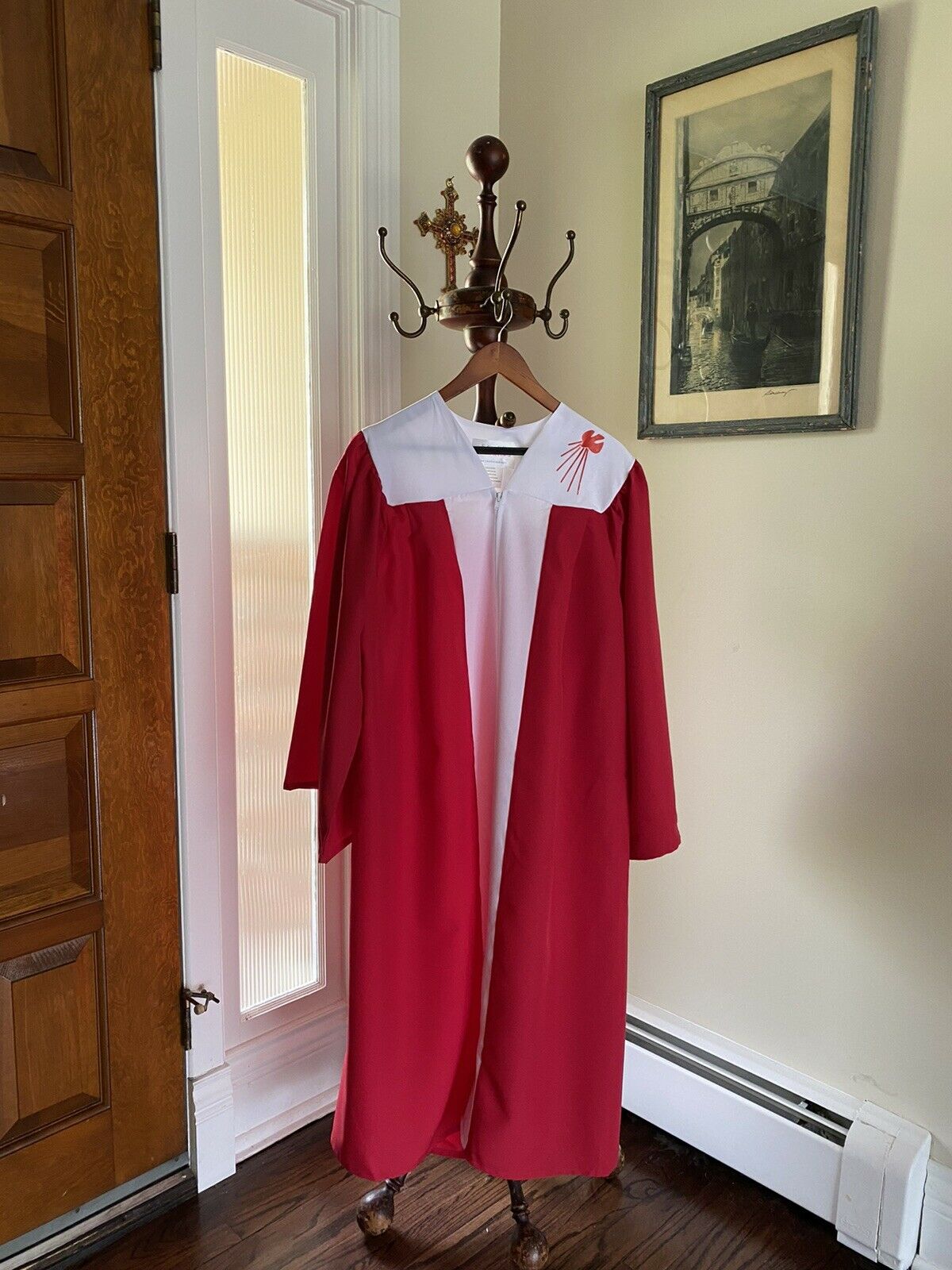-40%
PURPLE INTERFAITH STOLE 4" X 6'
$ 27.97
- Description
- Size Guide
Description
#A-FMIMS3
A purple and gold print on cotton fabric, with liner, this interfaith stole is accented with the 12 symbols of the world's varied religions, representing harmony and universal unity. Description sheet included. 4" x 6'.
Payment is due within seven days. If you would like to purchase more than the quantity shown, please contact me.
Free shipping by USPS First Class in the USA. UPS Ground, 3-Day, 2-Day and Next Day Delivery are also available; insurance is included.
Shipping may only be combined with other items whose # starts with A, are paid for at the same time and sent to the same address; please wait to pay until I send you your combined invoice to ensure that you have the correct amount.
Please double-check your shipping address. If a package is returned to Seller due to an incorrect or incomplete address, Buyer is responsible for cost of reshipping.
Om is a sacred syllable considered the greatest of all mantras. The om is composed of the three sounds a-u-m (in the Sanskrit language, the vowels a and u join to become o) and mystically embodies the essence of the universe.
The circle of the yin-yang symbol represents the Unity out of which all existence arises. The black and white halves within the circle represent Yin and Yang, the primordial feminine and masculine energies whose interplay gives birth to the manifest world.
The curves and circles of the Yin-Yang symbol imply movement, representing the ways in which Yin and Yang are mutually-arising, interdependent, and continuously transforming, one into the other. One could not exist without the other, for each contains the essence of the other. Night becomes day, and day becomes night. Birth becomes death, and death becomes birth, etc.
Yin-Yang is also the opposites that balance each other and the universe. Under yang are the principles of maleness, the sun, creation, heat, light, Heaven, dominance, and so on, and under yin are the principles of femaleness, the moon, completion, cold, darkness, material forms, submission, and so on. Each of these opposites produce the other: Heaven creates the ideas of things under yang, the earth produces their material forms under yin, and vice versa; creation occurs under the principle of yang, the completion of the created thing occurs under yin, and vice versa, and so on. This production of yin from yang and yang from yin occurs cyclically and constantly, so that no one principle continually dominates the other or determines the other. All opposites that one experiences—health and sickness, wealth and poverty, power and submission—are due to the temporary dominance of one principle over the other.
The Hamsa Hand is a popular symbol depicting five fingers that serves as a reminder of the metaphorical Hand of God. The word Hamsa, (CHAM-sah), is an Arabic word meaning five, which is derived from the same root as the Hebrew word for five (chah-MESH).
The Hamsa is most commonly used as a sign of protection to defend against negative spiritual forces caused by the jealousy of others, colloquially known as the ayin hara, or evil eye. Depicting an image of the open right hand, the Hamsa symbol appears in both Kabbalistic manuscripts and talisman. Each finger of the hand symbolizes one of the five books of Moses. In Kabbalah, the Hamsa represents the hand of the Creator, which is the ultimate defense against all evil.
The Hamsa also signifies blessings, strength, and power, and is commonly placed near doorways of the home. A Hamsa often contains other symbols, such as an eye, a Chai symbol, or a Star of David. The eye represents the eye that sees everything. Nothing escapes this eye. The eye watches out for the person in possession of the Hamsa and warns about and protects against evil encounters.
The Hamsa is also a popular design on all types of jewelry, meant to evoke protection for the one wearing it.
While the Hamsa is a beautiful and meaningful design, there is much more to it than meets the eye. There is some evidence to suggest that the source from which the Hamsa symbol was derived is an event in the Bible in which the Jewish people’s success in battle transpired after Moses rose his hands. Some believe that from this action, a tradition was born to raise the five fingers of the hands for success against the ayin hara, a tradition which survives in Middle Eastern Jewish communities and Arab enclaves.
In addition to designs on their fronts, the backs of Hamsas are frequently inscribed with prayers of various types. While there is no established liturgy for these prayers, they generally contain blessings for peace, success, tranquility, unity, and righteousness. The essence of the Hamsa prayer is to inspire devotion to the One Above and evoke holiness in the ones who gaze upon it.
Upright pentacles (an upright five-pointed star within a circle) and pentagrams (the five-pointed star alone) have been used in many eras and by many cultures and religions, including ancient pagans and Israelites, magicians and Wiccans, Christians and Celts. It is believed to have originally been a symbol of Kore, a goddess once worshipped from what is now England to Egypt.
It was the first and most important of the Seven Seals, and was inscribed on King Solomon's ring. The pentagram inside referred to the five books of the Torah.
To the Celts it was a sign of Morrigan (Morgan) the Goddess of the Underground.
In Christendom, the five points represented the wounds of Christ. It was used in the Emperor Constantine's seal and amulet. It has been called The Star of Bethlehem and The Three Kings’ Star. Earlier Christians commonly used it as a protective amulet.
The pentagram was the personal symbol of Sir Gawain, nephew of King Arthur.
The five points symbolized "the five knightly virtues - generosity, courtesy, chastity, chivalry and piety."
A pentagram is used on the flag of Morocco. Ceremonial magicians also use the pentagram, its points representing various elemental energies, spirits or deities. To the Rosicrucians, it is earth, matter, and stability.
To most Wiccans, the five points are earth, air, fire, water and spirit, or the four directions and spirit. The continuous line that forms the star is the interconnectedness of all things Divine and Earthly, and serves to remind believers to strive toward balance with all they encounter. The pentacle's circle is symbolic of unity, wholeness, the quest for Divine Knowledge, and the never-ending cycle of birth, death, and rebirth.







